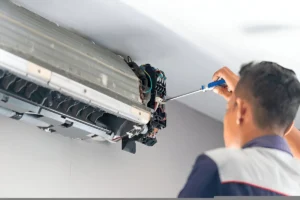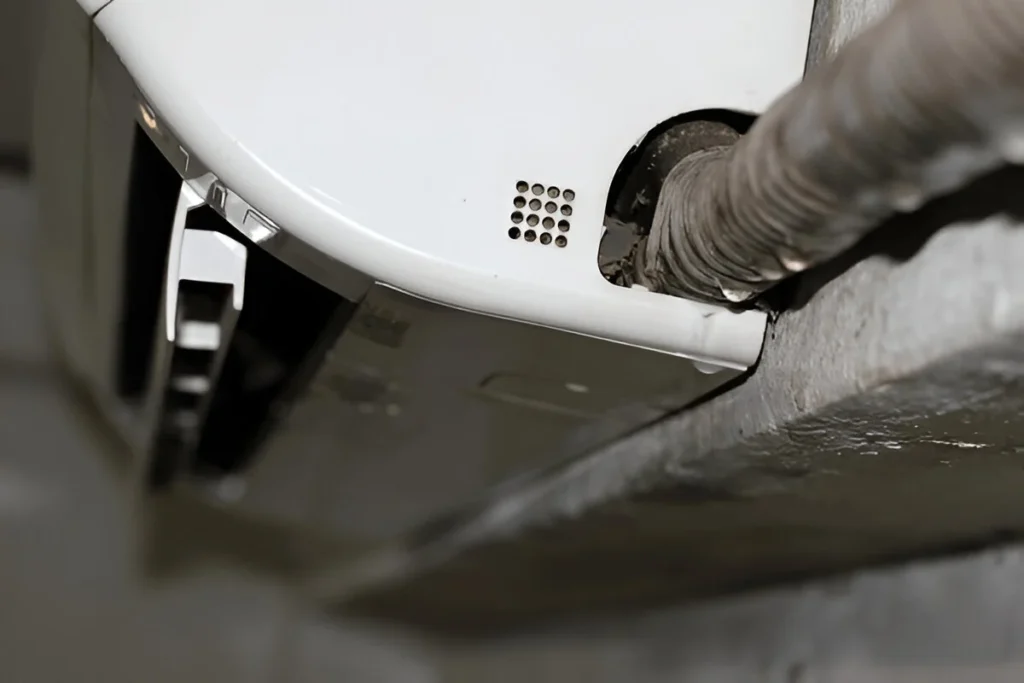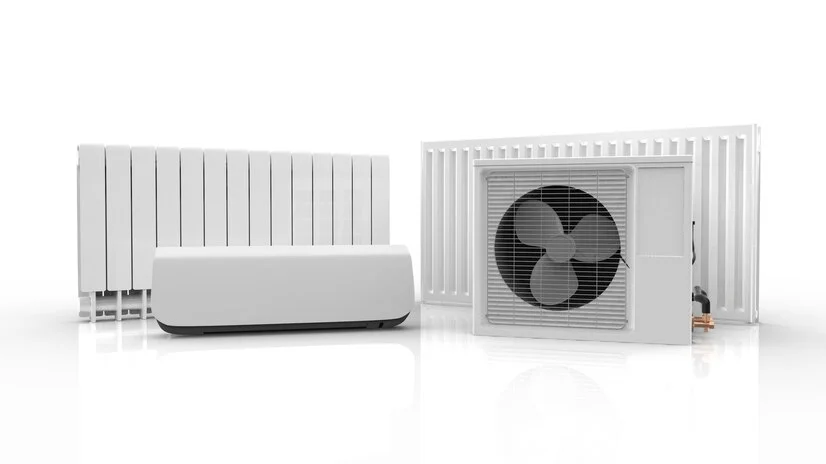Top AC Installation Mistakes That Can Cost You More
AC Installation Mistakes can lead to high energy bills, poor cooling, and damage—learn how to avoid them with expert insights from a professional AC repair service.
Installing an air conditioner isn’t just about plugging in a new machine. It involves precision, planning, and an understanding of airflow dynamics, insulation, and energy efficiency. Unfortunately, many homeowners overlook this and unknowingly commit AC installation mistakes that can lead to poor performance, higher bills, or even early breakdowns.
In this guide, we’ll explore the most common installation errors, how they affect your cooling system, and what you can do to avoid them. Whether you’re installing a new unit or upgrading an old one, this knowledge can save you both money and frustration.

Why Installation Matters More Than You Think
Even the best air conditioner can underperform if it’s installed incorrectly. Poor installation not only shortens the lifespan of the unit but also affects indoor air quality and comfort levels.
Key consequences of bad installation:
- Increased electricity consumption
- Uneven or insufficient cooling
- Frequent maintenance or repairs
- Moisture problems and mold growth
The goal is not just to cool the room but to do so efficiently, quietly, and consistently.
Most Common AC Installation Mistakes to Avoid
1. Wrong Placement of Indoor Unit
Mounting the indoor unit in the wrong spot—like near heat sources, direct sunlight, or obstructed areas—can lead to poor airflow and inefficient cooling.
Ideal practice:
- Place on a solid wall at least 7-8 feet above the floor
- Avoid corners or areas blocked by furniture
- Ensure no direct exposure to kitchen heat or sunlight
2. Improper Placement of Outdoor Unit
The outdoor unit should not be installed in cramped, dusty, or enclosed spaces. Poor ventilation around it affects heat dissipation and makes the system overwork.
Best practices include:
- Install in open, shaded, and ventilated space
- Avoid placing it near drain pipes or pollutant sources
- Keep at least 12 inches of clearance around the unit
3. Incorrect Slope of the Drain Pipe
The drainage pipe must be installed with a proper slope to allow for smooth water flow. If not, water may accumulate, leading to leakage and mold.
Solution:
- Ensure at least 1-inch slope per 5 feet of pipe
- Avoid upward bends or sharp turns in the pipe
4. Skipping Insulation on Copper Pipes
Neglecting to insulate the copper pipes reduces cooling efficiency and leads to energy loss.
Why it matters:
- Causes condensation and dripping
- Affects temperature control
- Increases electricity consumption
5. Incorrect Size of AC Unit
This is one of the most common yet costly AC installation mistakes. A unit too small won’t cool effectively; too big will cycle on/off too often, consuming more power.
How to get it right:
- Measure room size before purchase
- Consider insulation, ceiling height, and sun exposure
6. Poor Quality Wiring and Power Supply
Using substandard wiring or incorrect voltage connection can damage the AC compressor.
Preventive measures:
- Use correct gauge wire as per AC specs
- Ensure a dedicated circuit with surge protection
7. Not Vacuuming the Refrigerant Line
Skipping the vacuuming step leads to moisture and air inside the refrigerant circuit, which can damage the compressor.
Always ensure:
- Refrigerant lines are properly vacuumed
- Installation is handled by certified technicians
8. Ignoring User Manual or Manufacturer Guidelines
Every brand has specific installation instructions. Ignoring them may void the warranty or result in sub-optimal performance.
Tip:
- Refer to the user manual for installation specs
- Follow BEE (Bureau of Energy Efficiency) or ISI standards
How AC Installation Mistakes Affect Your Wallet
Ignoring proper installation practices leads to higher electricity bills, frequent servicing, and sometimes complete unit failure.
Real-world cost impact:
- Improper drain slope = wall damage + repair cost
- Oversized AC = 15-20% higher electricity usage
- Poor outdoor placement = frequent compressor failure
What starts as a minor mistake can quickly escalate into a major expense.
Expert Insight Backed by Trusted Professionals
Industry professionals agree that over 60% of AC performance issues stem from faulty installation rather than hardware defects. Investing in skilled, well-trained technicians like Rup Air Condition ensures that your cooling system operates smoothly, efficiently, and safely right from the start. Proper installation isn’t just a technical step—it’s the foundation of long-term comfort and cost savings.

Most Asked FAQs About AC Installation
Q1: Can I install an AC on my own to save money?
It’s highly discouraged unless you’re a trained HVAC professional. Incorrect installation can void your warranty and increase risks.
Q2: How do I know if my AC is wrongly installed?
Watch for signs like dripping water, unusual sounds, uneven cooling, or high power bills.
Q3: What is the ideal distance between the indoor and outdoor unit?
Ideally, it should be 10-15 meters max. Longer distances can reduce cooling efficiency.
Q4: How long does a professional AC installation take?
Typically 2-4 hours, depending on the location and complexity of the setup.
Q5: Is there a checklist I can use post-installation?
Yes. Confirm airflow, drainage, cooling response, wiring safety, and pipe insulation before signing off.
A Good Start Makes All the Difference
Your air conditioner is a long-term investment—not just in comfort, but in cost-efficiency. By avoiding these AC installation mistakes, you ensure your system runs optimally and lasts longer.
Even the most advanced AC won’t perform well if basic installation rules are ignored. Think of it like fitting a luxury engine into a poorly built car. The outcome will always be compromised.
Choosing experienced professionals, asking the right questions, and inspecting the basics can go a long way. Remember, it’s not just about cooling today—it’s about performance for years to come.
Experienced technicians consistently emphasize that correct installation is the foundation of long-term cooling efficiency. More importantly, they advocate for customer education—because an informed homeowner is always better equipped to make smarter, more cost-effective decisions about their air conditioning system.
.png )





